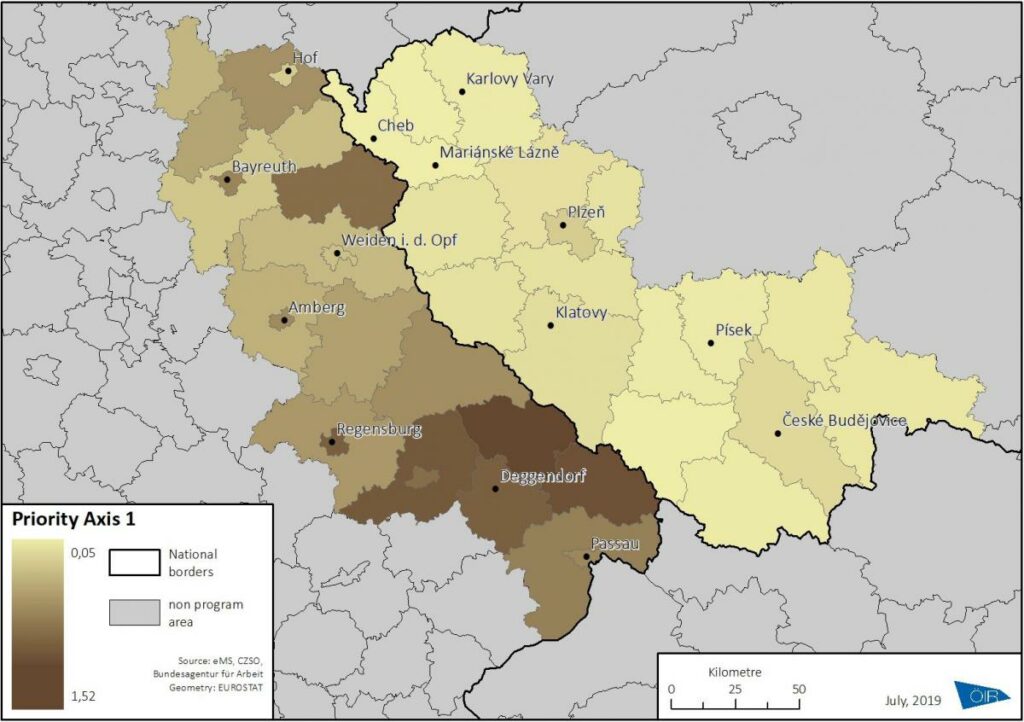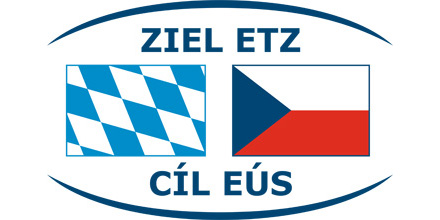The purpose of the study is to evaluate the efficiency, impacts, effectiveness, coherence and governance structures of the INTERREG Bavaria-Czech Republic programme. The project team applies several qualitative and quantitative methods in the general framework of a contribution analysis. Methods include large scale surveys of (non-)beneficiaries, qualitative counterfactuals and synthetic indicators.

The contribution analysis is used as an overarching framework to evaluate the impacts of the programme and distil policy recommendations. The contribution analysis is a theory-based approach to impact evaluation which features an empirical revisiting of factors underpinning the logical chains of policy actions. Each priority axis is evaluated individually with tailored qualitative and quantitative approaches. In addition to analysing the impact of the individual specific objectives, the development of policy recommendations is a central output of the project. These provide input for the adjustment of measures and their impacts in light of the programming of the period 2021-2027. Solely quantitative methods are generally not applicable to evaluate ETC programmes due to their overall characteristics – e.g. low programme volume and mostly nonmaterial investments. As such, the project team applied miniature counterfactuals to analyse the impacts of the programme. Within the framework of a miniature counterfactual, beneficiaries and non-beneficiaries are interviewed and analysed along a set series of criteria. This allows the project team to identify potential patterns and impacts of the programme.





